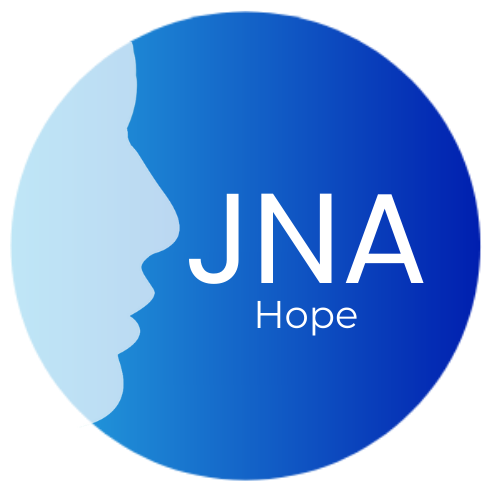
Who is at Risk for JNA?
JNA stands for juvenile nasopharyngeal angiofibroma. It’s a non-cancerous tumor that typically affects boys aged 10-20 and grows behind the nose. While there’s no cure, it can be treated with surgery, radiation therapy, and chemotherapy to manage and control its growth. Regular check-ups with a healthcare provider are crucial to monitor the tumor’s status and adjust treatment as needed


Who is at Risk for JNA?
JNA stands for juvenile nasopharyngeal angiofibroma. It’s a non-cancerous tumor that typically affects boys aged 10-20 and grows behind the nose. While there’s no cure, it can be treated with surgery, radiation therapy, and chemotherapy to manage and control its growth. Regular check-ups with a healthcare provider are crucial to monitor the tumor’s status and adjust treatment as needed

Recognizing JNA
JNA often shows up with symptoms like frequent nosebleeds, nasal congestion, and a noticeable mass in the nose or throat. As a parent, you might notice your child experiencing these issues regularly, which can be worrisome.
Understanding JNA
JNA may sound scary, but it’s not cancerous. However, it can be locally aggressive, causing problems like facial swelling, pain, and eye issues due to damage to nearby bones and tissues.
Diagnosing JNA
Doctors use imaging tests like CT scans or MRI scans to diagnose JNA. These tests reveal the size, location, and any spread of the tumor. Following your doctor’s guidance for these tests is essential.
Treatment Options
Treatment mainly involves surgically removing the tumor. However, because JNA is highly vascular (has lots of blood vessels), there’s a risk of bleeding during surgery. In recent years, pre-operative angioembolization has become more common to reduce this risk. It involves blocking blood supply to the tumor before surgery.
Consult with Your Doctor
Every child’s situation is unique. Consult with your child’s doctor to create the best treatment plan tailored to their needs. Depending on the tumor’s extent and your child’s overall health, other treatments like radiation, cryotherapy, electrocoagulation, or hormonal therapy may be considered.
Support and Recovery
Seeing your child go through a medical condition is tough. Stay informed and work closely with your child’s medical team to ensure the best possible care. With early diagnosis and appropriate treatment, many children with JNA can fully recover and return to normal activities.

